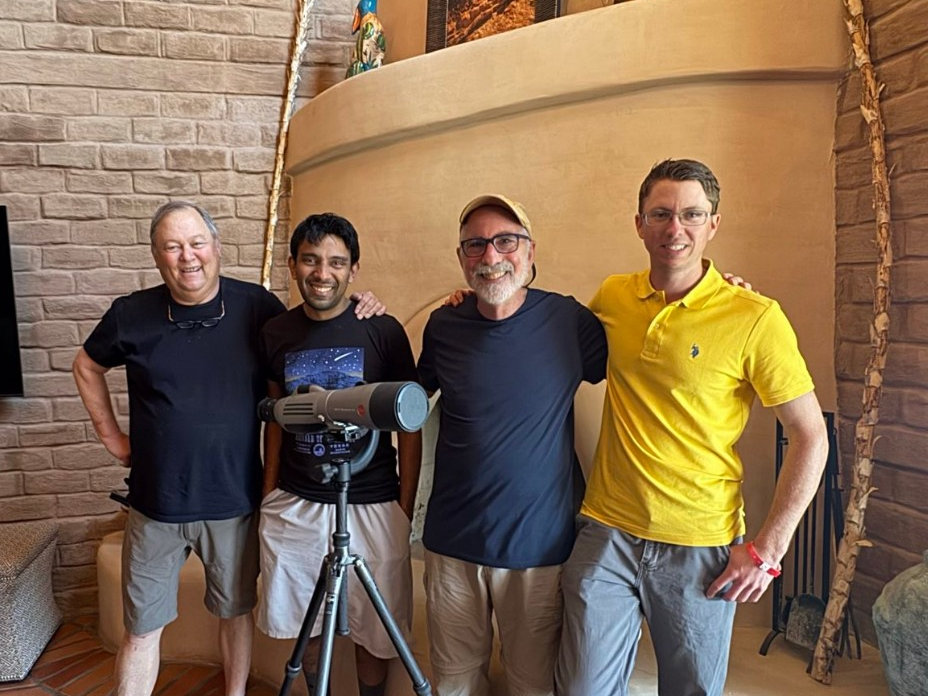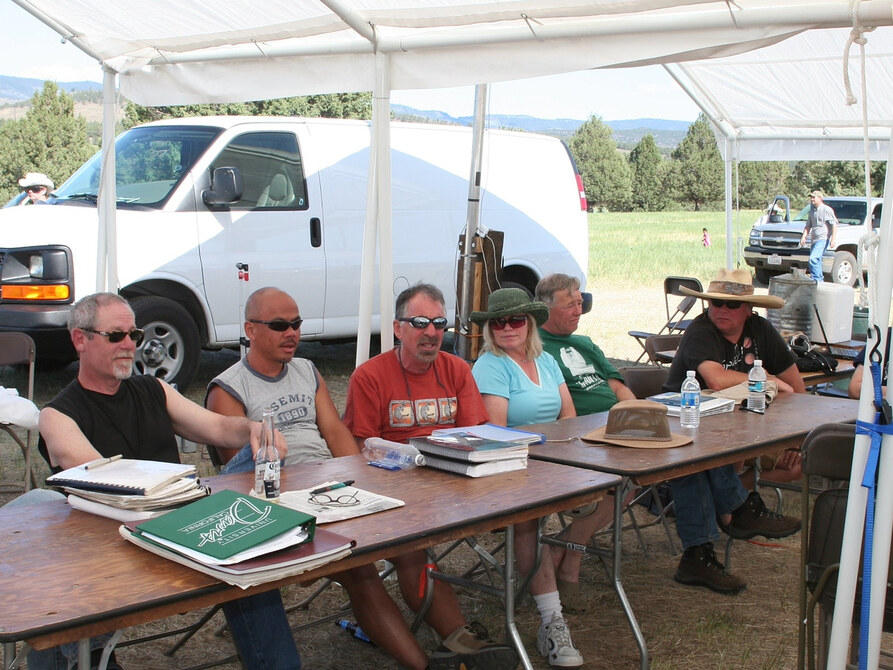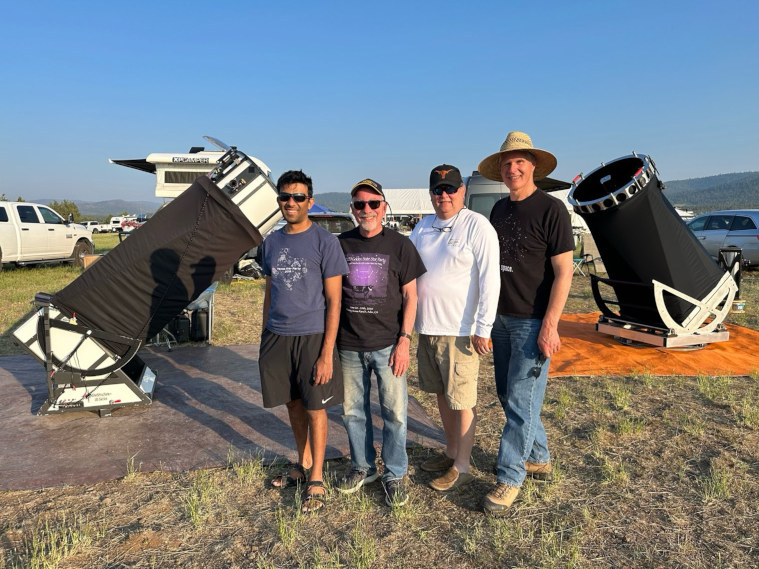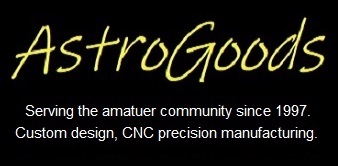Adventures in Deep Space
Challenging Observing Projects for Amateur Astronomers of All Ages
Contact us: ADS-Admin@googlegroups.com.








|
||||||||||||
|
Love your site. It's a great place to find photographic fields of interest. I'm always looking for information on new objects to shoot.
— Martin C. Germano
At the monthly star parties everyone now expects me to show up with another rarely observed gem, carefully culled from the pages of your web site. I guess it's time to come clean about where I've been getting the information
— Paul Alsing
WOW! Your website is absolutely incredible! Where do you guys come up with all this stuff? Have you thought of doing a book or magazine on Observing Challenges?
— Jeremiah Burton
|


AcknowledgementsSome of these articles first appeared in the monthly bulletin of the San Francisco Amateur Astronomers, the publications of the Webb Society and the AmAstro mailing list. Finder charts were produced on Megastar with RealSky. Megastar is available from Willman-Bell, Inc. RealSky is available from the Astronomical Society of the Pacific. Other images are from the Hubble Space Telescope (HST), NASA and the Digital Sky Survey (DSS). You can download your own DSS images, courtesy of the Space Telescope Science Institute. Accurate identifications, coordinates, and other useful data can be obtained through the NGC/IC Project, SIMBAD and the NASA/IPAC Extragalactic Database (NED. Do astronomy research online at the NASA Astrophysics Data System (ADS). |